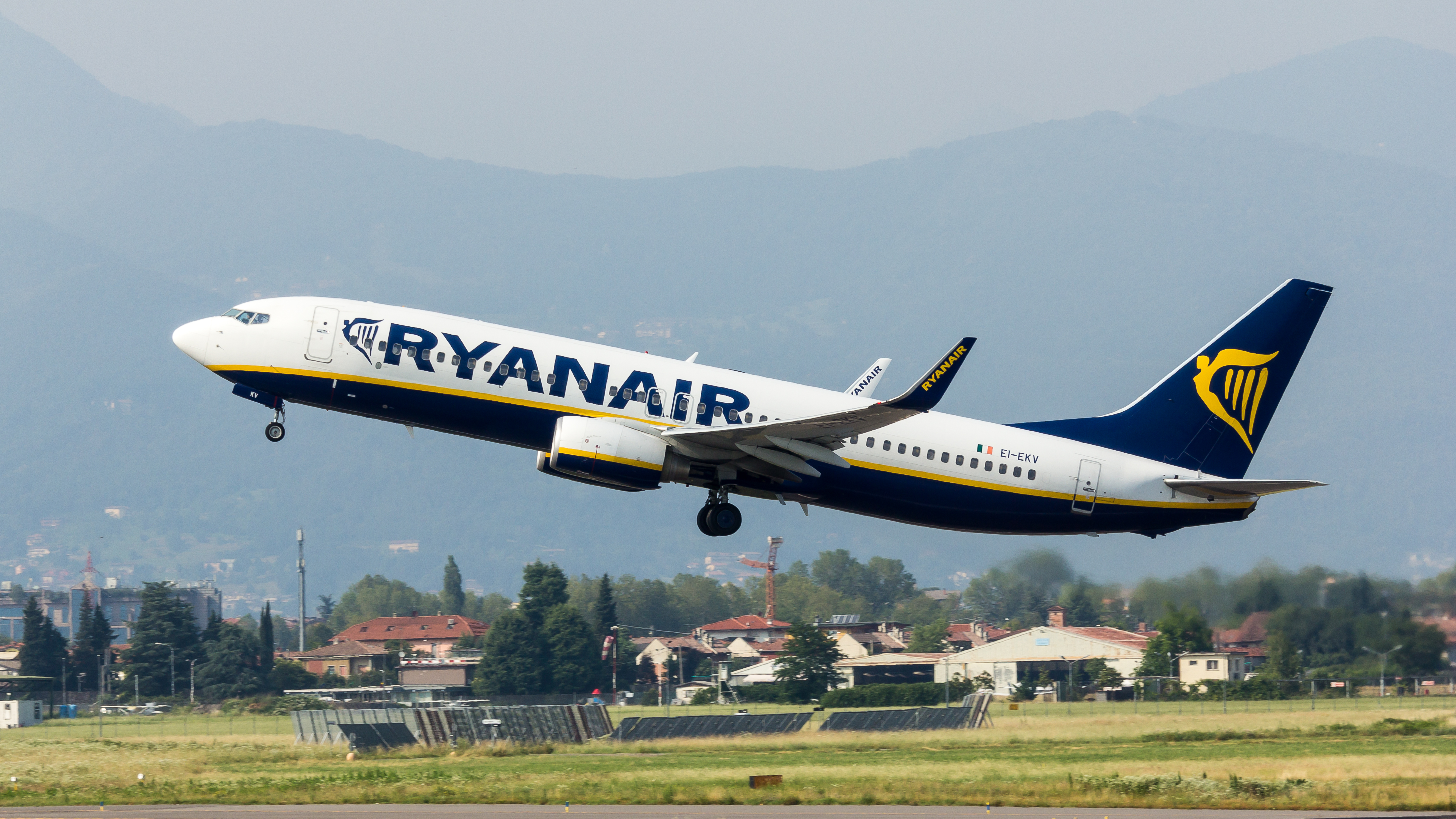Aviation
Discussing the first deadly US commercial flight since 2009 and aviation engineering as a whole.
2025 Potomac River mid-air collision
Mere minutes ago at 20:47 ET (Washington D.C. time) the United States of America had its first deadly commercial airplane crash since the Colgan Air Flight 3407 in 2009. A powerful sixteen year long and strong streak with no deadly commercial crashes, showcasing the excellence of the FAA (Federal Aviation Administration) and other governmental departments and private companies, has unfortunately ended today.
The video below potentially shows some people’s final moments, if you are sensitive to such content please skip the footage.
Positives
As per the most recent news update at least four survivors were reported to have survived the accident and have been rescued from the water and taken to nearby local hospitals.1 I really hope everyone that survived the crash is able to make a full recovery and live a beautiful and fulfilling life and heal from the trauma, both physical and mental.
Aftermath
I am hoping that the new US Government under the leadership of president Donald Trump allocates and enables sufficient funds and personnel to investigate this accident to the fullest extent humanly possible, and put in place as many preventive measures as resources allow, to prevent such accidents from occurring in the future.
Unfortunately many preventive measures are only put in place after something tragic occurs, this is not solely true for the aviation industry, but also for life in general. Air Traffic Controllers have some of the toughest jobs in the world navigating and communicating with flying vehicles, and I truly believe that airlines are pushing for too frequent and congested airports, possibly overloading Air Traffic Controllers beyond even the extensive multi-tasking capacity that they are trained for.
I am not going to speculate as to the reason for the crash, but from the video above it seems that neither the Helicopter nor the Plane had any information on the presence in each other’s flight pathways. I am interested to see what the official investigation finds and which measures will be taken to hopefully prevent any such horrific accidents from occurring in the future. I also hope when the story is fully updated that as many people as possible made it alive and as healthy as possible.
Personal experience with Aviation
I have flown a total of four times, all 4 with Ryanair which is historically one of the safest, if not the very safest Airline in the world - 41 years without a single fatal accident while operating over 3600 flights per day2, a remarkable feat that showcases the eliteness of the European Union Aviation Safety Agency and Ryanair’s Operational Safety & Security and all of the staff involved. It truly is a culmination and a massive success of every single person involved, the logistics of such a massive scale operation operating with such remarkable safety are possible thanks to all of the following:
- The company that produces planes for Ryanair’s fleet of, currently, 609 planes2 - Boeing
- Managers that manage the tens of thousands of employees - excellent logistics are incredibly difficult and unpredictable and these managers are truly some of the most elite in the entire world.
- Pilots and flight attendants - responsible for the safety of around 100 people on each and every single one of Ryanair’s 3600 daily flights.
- Engineers that maintain and repair the plane - these people bear the exact same responsibility as the pilots and flight attendants, if they make a mistake hundreds of people could die. A truly remarkable attention to detail and focus is needed for this job and I greatly appreciate this factor of the massive-scale Engineering that is needed to get a plane in the sky.
- Air Traffic Controllers - bearing the same responsiblity as the people mentioned in the two lines above, any mistake or miscommunication could be of fatal consequence, they must remain focused and sharp at all times.
- Computer Scientists and Engineers that build and maintain the personnel and customer communications & transactions - each second of IT system downtime costs airlines hundreds of thousands if not millions of dollars, therefore systems need to be optimized for minimal downtime between deployments of new updates. Lives will not be lost if the IT system goes down, but money definitely will be.
- Cybersecurity Engineers - another crucial factor, they must not only protect the IT system from all sorts of attacks such as DDOS, but also protect airline communication with the Air Traffic Controllers to prevent Hijacking of channels or similar incidents.
- Ground Staff that operates the boarding and off-boarding of planes - they are under no less stress than any of the above, their main job is to get everyone safely on and off the plane, and in a timely manner.
- Emergency Staff on standby - Larger airports always have emergency personnel on standby in case of an emergency landing or similar incident, every single second matters when it comes to survival in unpredictable dangerous situations in aviation.
- Customs and Security Staff - Crucial in preventing dangerous items from coming onboard planes and even more importantly -> stopping dangerous individuals. Fortunately, there are quite strict controls on this since the September 11 hijackings.
These are the most important personnel that come to mind, there are many other staff that don’t immediatelly come to mind, but are still important to the whole process.
